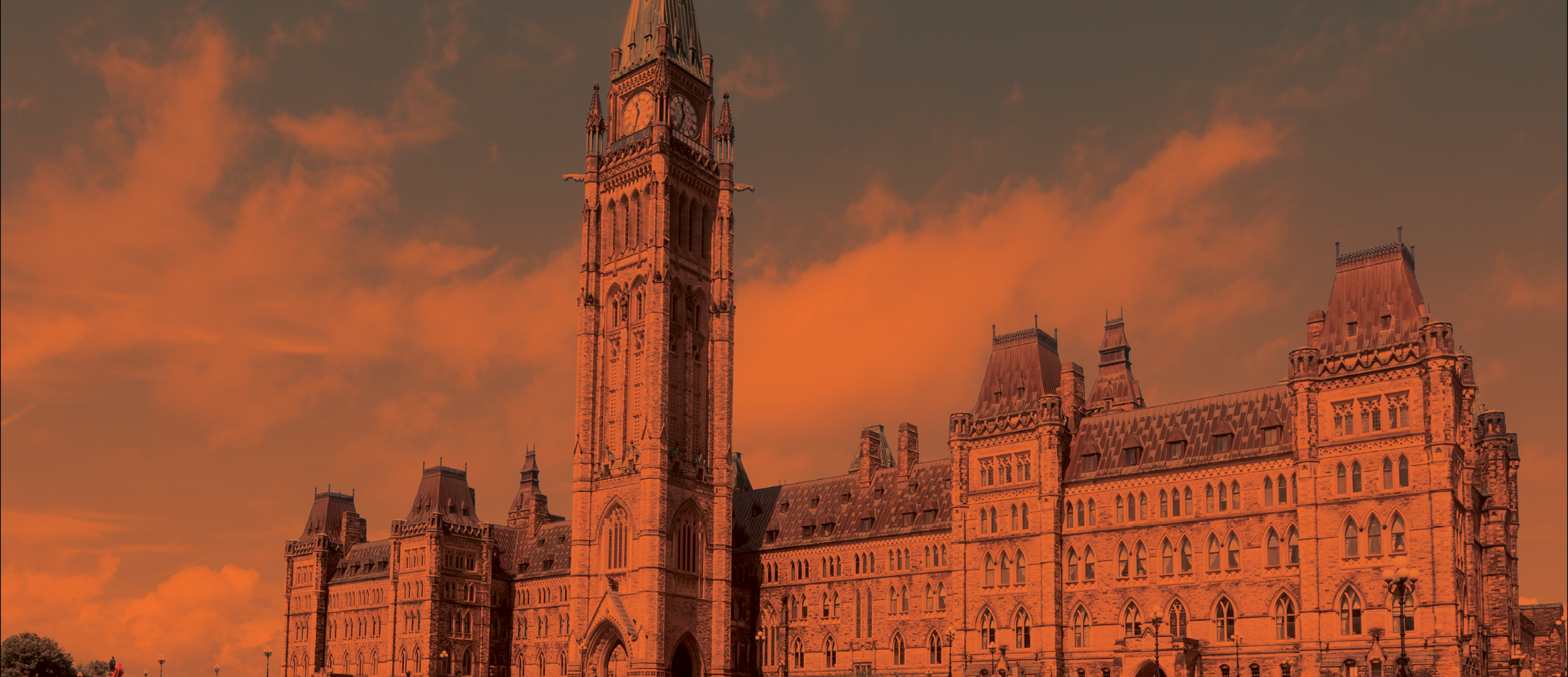
Frequently Asked Questions
What started the movement of The Orange Path?
The Athabasca Tribal Council (ATC) is moved and inspired by the efforts of Chief Vern Janvier, Chief of Chipewyan Prairie Déne Nation (CPDFN) and a member of the ATC Board of Directors.
On July 1, 2021, Chief Janvier and a group of community supporters began their walk from CPDFN towards Fort McMurray, Alberta to honour the children lost through the residential school genocide. Chief Janvier, along with CPDFN community members, continued their walk on July 18, 2021, meeting approximately 500 km to the West of Ottawa, Ontario and began a march to Parliament Hill. The objective of the walk is to influence changes to the Indian Act so that the Act functions for the benefit of First Nations. You can follow Chief Vern Janvier’s walking group on their Facebook page Blinding Light Walk - Tiger Lily.
What is The Orange Path?
Changes to the Indian Act are one important step to reconciliation, but it doesn’t end there.
Every Nation and every ally is on their own personal path to support reconciliation.
The Orange Path is a movement that helps you shape your path and demonstrate your support.
We identify key actions and provide the resources you need to take those important steps.
What is the Athabasca Tribal Council (ATC) seeking and why?
ATC is calling for an immediate amendment to Sections 114 and 115 of the Indian Act to provide for First Nations’ free, prior, and informed consent to the federal government’s operation and regulation of schools for First Nations children.
What does the Tiger Lily represent?
The tiger lily is a symbol for breaking away from old beliefs and patterns that have been passed down through the generations.
Like the tiger lily, we are trying to peel back the layers of the past in order to grow and move forward.
Would the government re-establish residential schools?
While it is extremely unlikely that residential schools will be re-established, it was through the Indian Act that the federal government forced First Nations children to attend these schools, and it is through the Indian Act that the federal government continues to regulate First Nations children’s education today without their consent.
Free, prior, and informed consent for First Nations education in the future is necessary to reconcile the wrongdoing of residential schools. Recognizing the primary importance of a First Nation’s decision in how best to educate our children would also demonstrate an ongoing commitment to respecting Nation-to-Nation relationships and building capacity for self-governance.
Why is ATC proposing this amendment and not calling for the abolishment of the Indian Act?
We honour each Nation’s wishes to express their position on the Indian act. At this time, ATC is not calling for the abolishment of the Indian Act. The Indian Act is a complex piece of legislation and, while it contains paternalistic and racist elements, it would be extremely disruptive to First Nations to immediately repeal the Act in its entirety. Many First Nations continue to rely on the provisions of the Indian Act for their elections and membership.
Further, the Indian Act offers certain legal protections for First Nations, such as tax exemptions and protection from personal property being seized on-reserve.
Over time the Indian Act is slowly being taken apart piece by piece through amendments, and opt-in legislation gives Nations the option of continuing to rely upon the Indian Act provisions or developing their own replacement laws and regulations. The vision is for First Nations to eventually take over all of the powers and responsibilities under the Indian Act so that it becomes obsolete, respecting each Nation’s wishes and timelines for this to occur.
Learn more about the Athabasca Tribal Council Amendment.
Are there other changes you want to see made to the Indian Act?
ATC would eventually like to see all of the provisions in the Indian Act harmonized with the principles of the United Nations Declaration on the Rights of Indigenous Peoples, which is required under the United Nations Declaration on the Right of Indigenous Peoples Act that came into effect in June 2021.
With respect to other amendments to the Indian Act, ATC is mindful that every First Nation is unique and will have their own proposed changes to the Indian Act. ATC would like the Federal of Government to work with First Nation communities to determine what other amendments may be appropriate.
What kind of support do you have?
Athabasca Tribal Council Ltd. is an organization that serves the five First Nations in the Wood Buffalo region in Alberta on Treaty 8 territory. The Chiefs of these First Nations make up the ATC Board of Directors and support ATC’s efforts in pushing this Amendment forward.
We encourage Canadians to ask all elected officials, candidates and party leaders if they support this amendment and if not, ask why.
Canadians can learn more about how to support reconciliation of Indigenous and non-Indigenous peoples at Orangepath.ca.
What can I do to help?
There are four key ways to provide support:
Learning more about the history of the Indian Act and why it needs to change
Sharing our movement online and in person.
Tagging federal party leaders, local community leaders and elected officials.
Showing support at home by printing our images and calls to action and placing them in their windows
Signing the petition to support the Athabasca Tribal Council Amendment